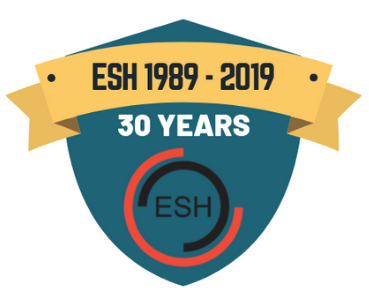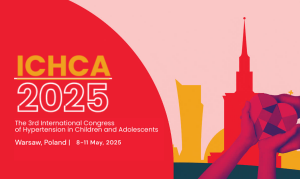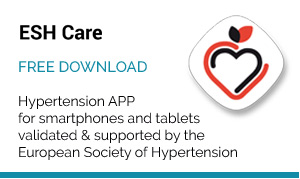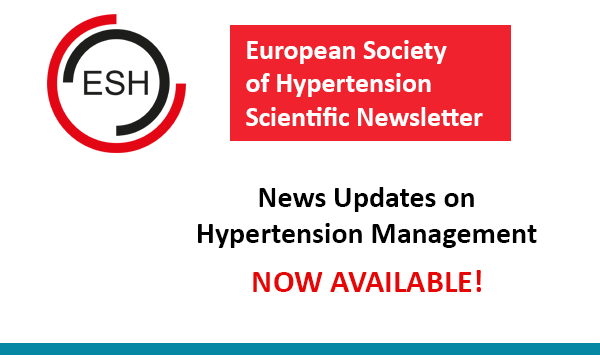June 17, 2007 – Milan, Italy – A subanalysis of the randomized controlled CASE-J study in high-risk Japanese patients (mean age 64 years, 55% male) showed that the blood pressure reduction below 140/80 mmHg itself, not the treatment allocation, was responsible for the reduction in cardiovascular (CV) events. Further, an increased number of events in the underscores the benefit to be gained in this growing population. The Candesartan Antihypertensive Survival Evaluation in Japan (CASE-J) study was presented by Prof. T. Ogihara, Osaka University Graduate School of Medicine, Japan, at the 17th European Meeting on Hypertension in Milan, held June 15-19, 2007.
In this study of 4,728 patients with cardiac hypertrophy, diabetes, and deteriorating renal function, an equal number of CV events (134) occurred in each of the treatment groups [candesartan (n=2,364) versus amlodipine (n=2,364). Mean follow-up was 3.2 years, with a high follow-up rate of 97%. The composite primary endpoint of CV morbidity and mortality included sudden death, and cerebrovascular, cardiac, renal, and vascular events.
At baseline, 20% of patients had severe hypertension (>180 and/or >110 mmHg), 43% diabetes, 10% cerebrovascular disease, 43% cardiac disease, 24% renal dysfunction, and 1% vascular disease.
A similar significant reduction in blood pressure was seen in both groups, from 163/92 mmHg at baseline to 134/76 mmHg at 4 years. As blood pressure increased over 140 mmHg systolic and 80 mmHg diastolic, CV events also increased, as shown by the last measurement of blood pressure before the occurrence of an event.
Stratifying patients by age group (<65 years, 65-74 years, and >75 years) showed that as age increased, the number of CV events increased, particularly as systolic blood pressure increased over 150 mm Hg and diastolic blood pressure increased over 85 mmHg. Further, in the patients below 65 years old, the number of CV events increased as diastolic blood pressure was reduced below 75 mmHg; this was also seen in the patients over 75 years, but was not significant because of an insufficient number of patients.
In elderly patients over 75 years of age, a systolic blood pressure of less than 150 mmHg is recommended as an intermediate target.






